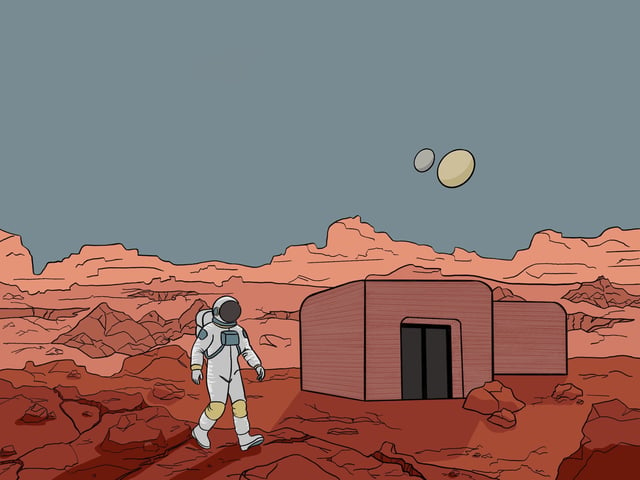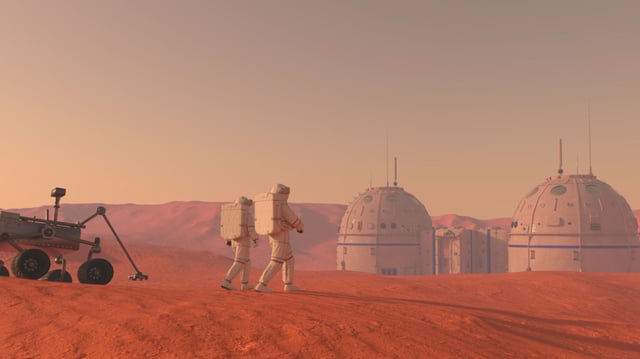Overview
- The system combines filamentous fungi with diazotrophic cyanobacteria to produce biomaterials that bind Martian regolith particles into consolidated structures.
- It functions autonomously with only Martian soil simulant, air, light and an inorganic liquid medium without requiring external nutrients or human intervention.
- Supported by NASA's Innovative Advanced Concepts program and detailed in the Journal of Manufacturing Science and Engineering, the research overcomes the limitations of single-species bonding methods.
- Researchers plan to use the biomaterial for 3D printing habitats, buildings and furniture directly from Martian soil.
- The next phase focuses on formulating a regolith ink compatible with direct ink writing to enable on-site fabrication of Mars bio structures.

